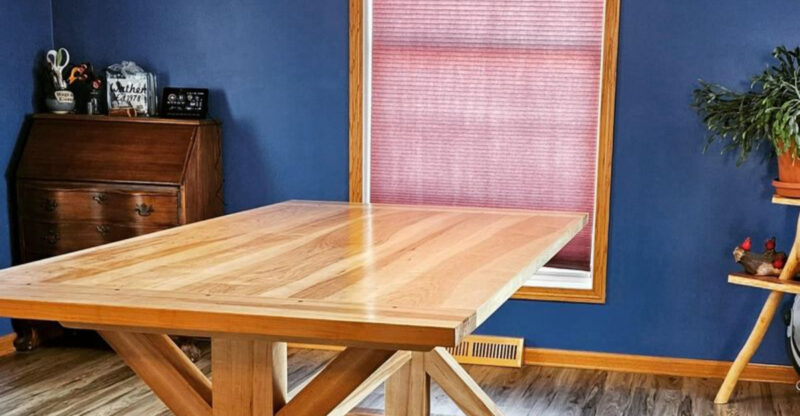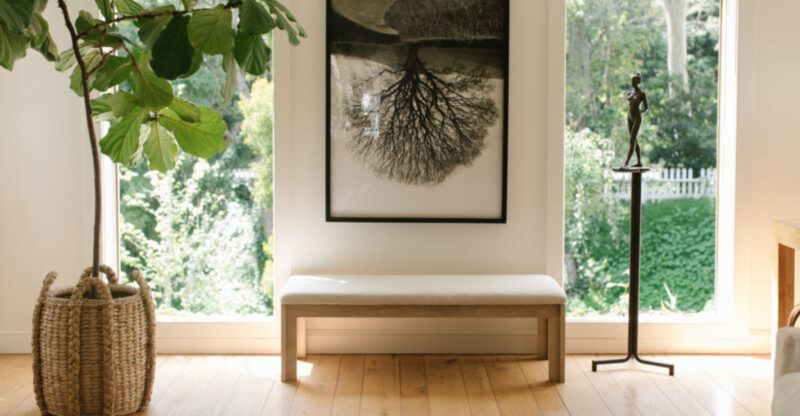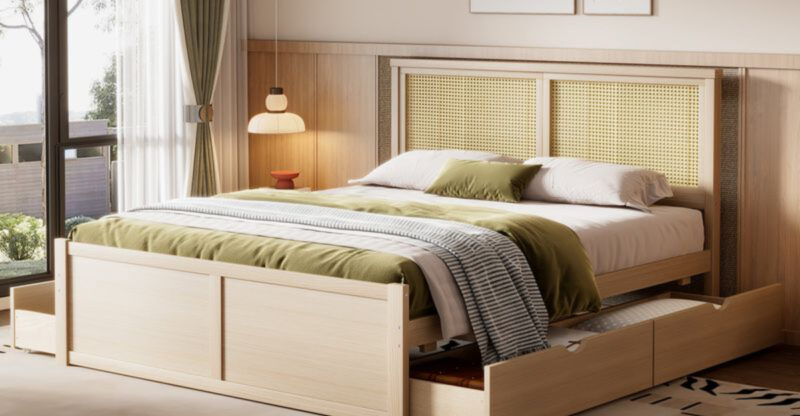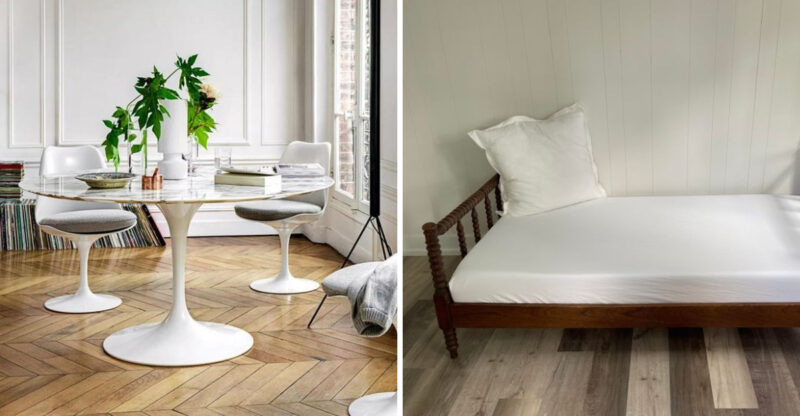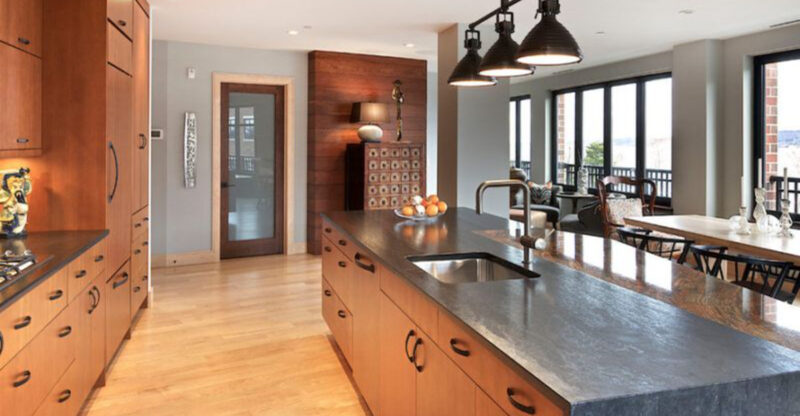What Homeowners Are Preferring Instead Of Fast Furniture In 2025
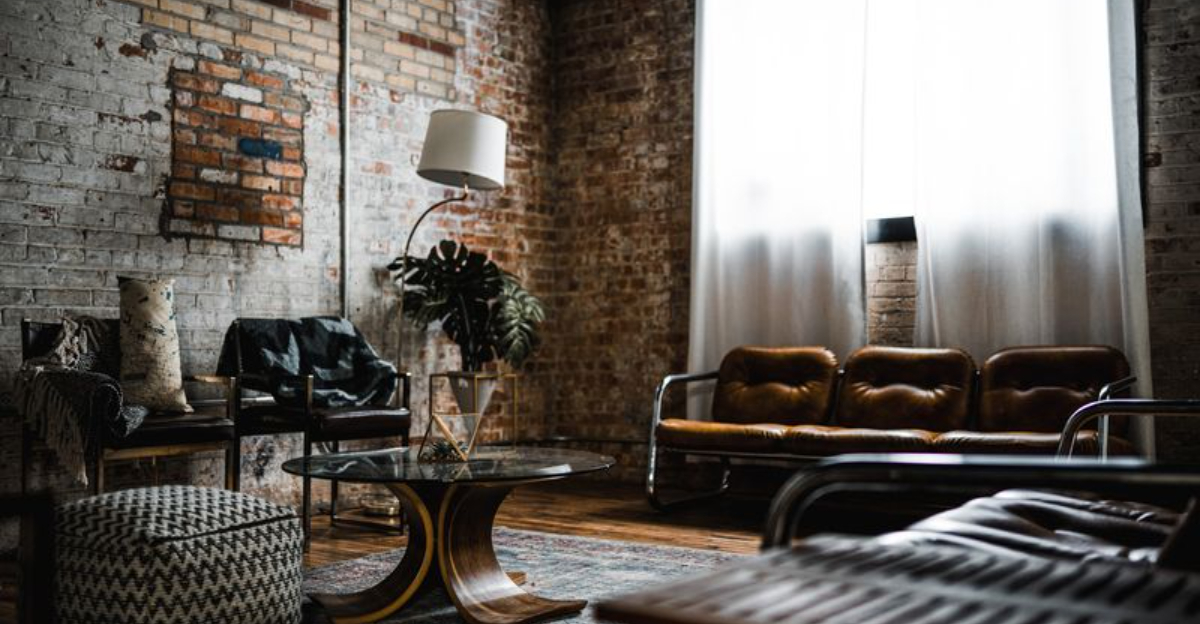
The era of disposable furniture is fading faster than a cheap sofa cushion! As your friendly neighborhood designer, I’ve watched homeowners ditch those flimsy particle board pieces for options with more personality and staying power.
Fast furniture may be convenient, but its environmental impact is anything but. Its short lifespan has pushed folks toward alternatives that tell stories, last generations, and don’t require an Allen wrench every six months.
Because let’s face it, your home deserves furniture that sticks around longer than your last houseplant.
1. Vintage Treasures With History
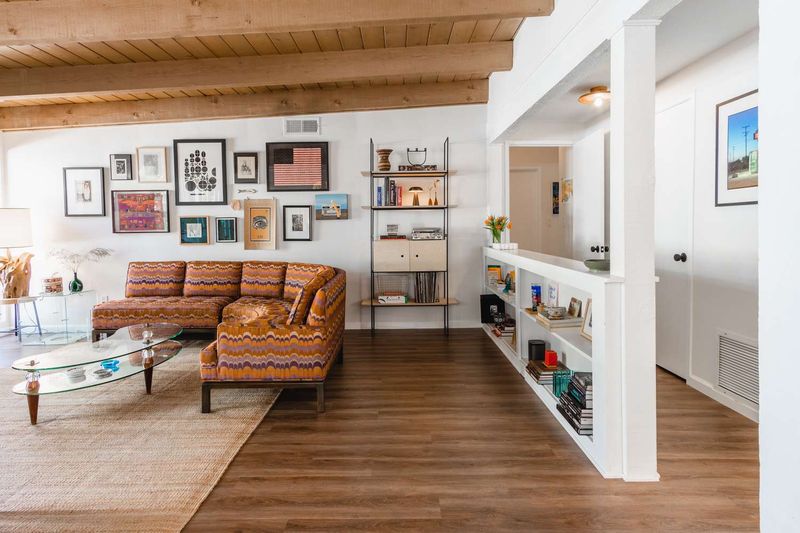
Homeowners are falling head over heels for furniture with a past life! Those weathered oak dressers and mid-century credenzas aren’t just furniture, they’re time capsules with stories etched into every scratch.
While browsing estate sales last month, a client squealed with delight upon finding a 1960s teak sideboard that needed just minor restoration. The craftsmanship in these pieces simply can’t be replicated in today’s mass-production environment.
Bonus? Vintage shopping is like a treasure hunt where you’re saving pieces from landfills while creating a uniquely personal space.
2. Locally Crafted Artisan Pieces
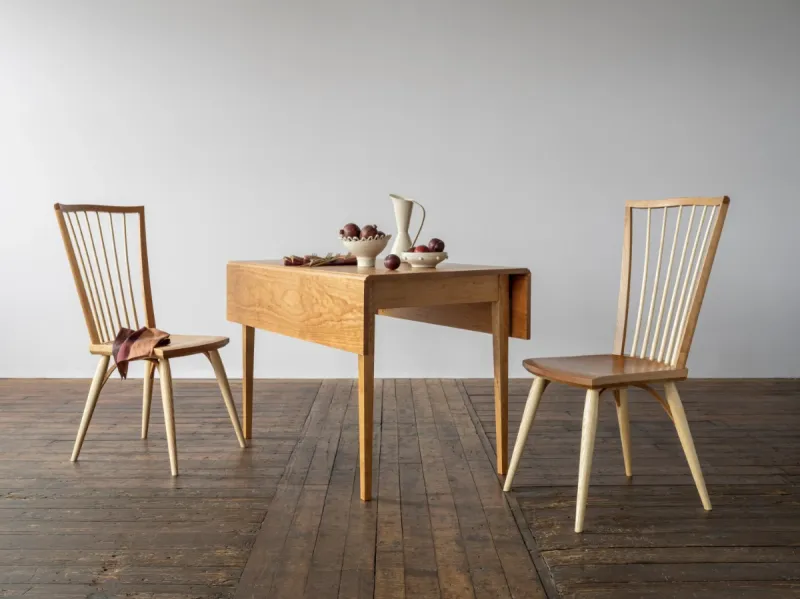
Nothing beats the charm of furniture made by actual human hands just miles from your home! Local craftspeople are experiencing a renaissance as homeowners seek connections to their communities through their furnishings.
Yesterday, I visited a woodworker’s studio where she transforms local fallen trees into stunning dining tables that will outlast any big-box store purchase. These artisans use traditional joinery techniques that eliminate the need for cheap hardware that inevitably fails.
The wait might be longer, but the result is furniture worth passing down through generations.
3. Modular Systems That Evolve
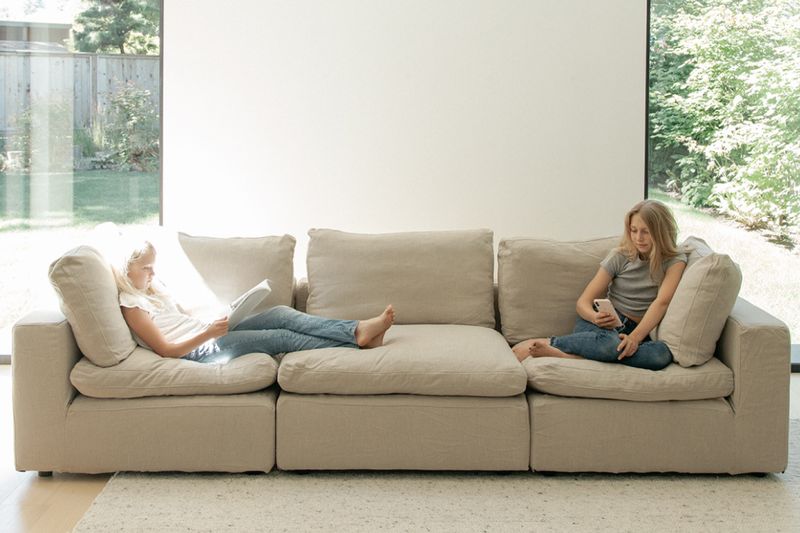
Homeowners are getting savvy about future-proofing their spaces with furniture that grows, shrinks, and shapeshifts right along with life. Why toss a whole sofa when you can simply swap a piece, flip a cushion, or reconfigure like a design-savvy transformer?
Modular systems are the Swiss Army knives of the furniture world, versatile, efficient, and surprisingly stylish. While the upfront cost may make your wallet wince, these setups save money (and landfill space) in the long run.
Because no one wants to break up with their couch every time life throws a curveball, or a juice box.
4. Biophilic Materials That Connect With Nature
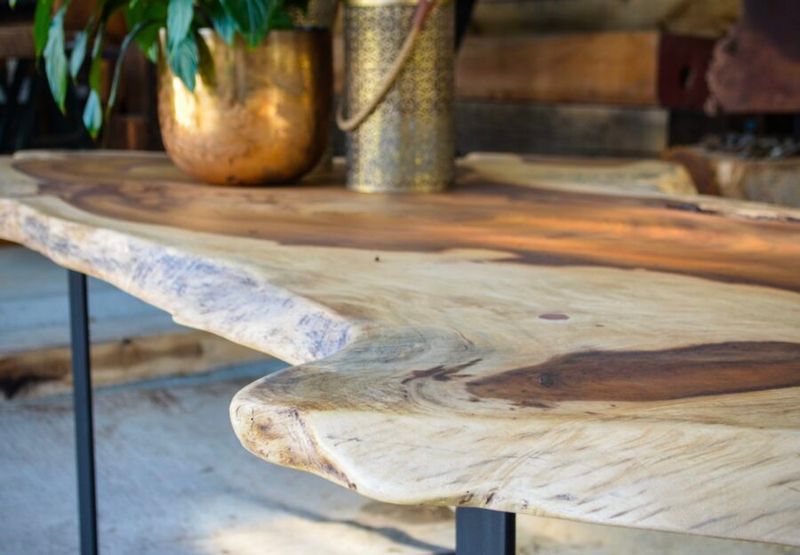
More and more design lovers are going green, literally, by bringing the outdoors in with furniture made from natural, sustainable materials. And it’s not just for the aesthetic, darling. This trend taps into our deep-rooted (pun intended) craving to feel connected to nature.
Materials like bamboo, cork, and responsibly harvested woods are stealing the spotlight. One showstopper? A live-edge walnut dining table so tactile, guests can’t help but trace its curves mid-conversation.
Even beyond wood, we’re seeing stone, clay, and mushroom-based materials take root in interiors. Proving once again that Mother Nature makes a pretty great design partner.
5. Heirloom Quality Investment Pieces

Quality over quantity has become the rallying cry among homeowners tired of the replacement cycle. Rather than filling spaces with disposable pieces, they’re investing in fewer, better items built to last generations.
Working with one young couple, we splurged on a handcrafted solid wood bed frame while keeping other elements simple. The craftsmanship was so exceptional that their grandchildren will likely sleep on it someday.
Though the initial cost feels steep, the per-year expense becomes minimal when amortized over decades instead of seasons.
6. Rental And Subscription Furniture Services
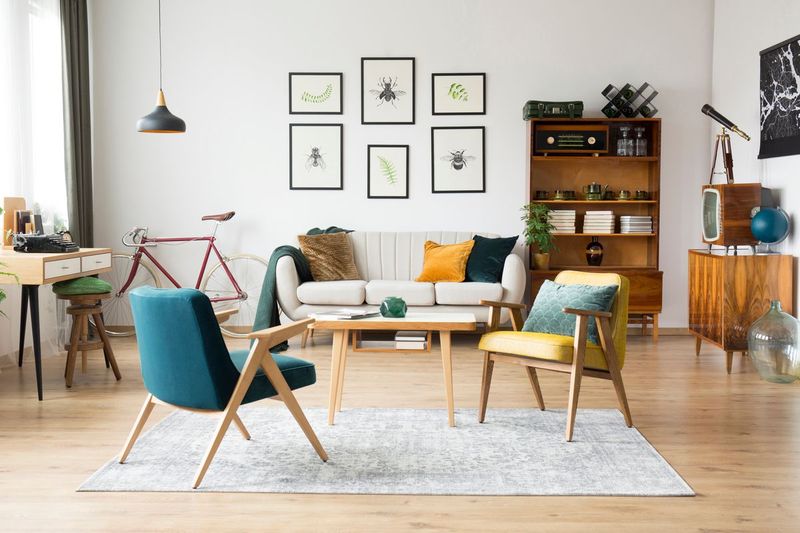
Ever feel like committing to a couch is more stressful than dating? You’re not alone. People with more nomadic lifestyles are embracing furniture freedom thanks to innovative rental and subscription models.
Perfect for anyone not ready to go all-in on forever pieces, these services offer high-quality, designer-approved furniture without the hassle of moving or storage. And when you do find “the one,” many companies let you buy it at a discount.
You can switch things up seasonally without filling up landfills, or your garage, with yesterday’s design choices.
7. Smart Furniture That Learns Your Habits
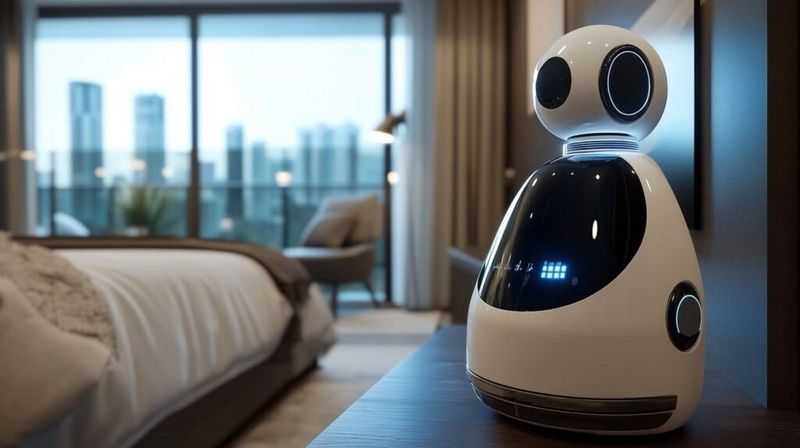
Furniture with a brain? Yep, that’s happening now! Smart furniture embedded with AI technology adapts to your body shape, preferred temperatures, and even your moods throughout the day.
I recently watched a client’s chair automatically adjust its firmness when she sat down after a tough workout versus when she relaxed with a book. These pieces collect data on how you use them and make subtle changes to enhance comfort without you lifting a finger.
The coolest part? Many models communicate with other smart home systems, so your couch might dim the lights when it senses you dozing off during movie night.
8. Holographic Projection Furniture
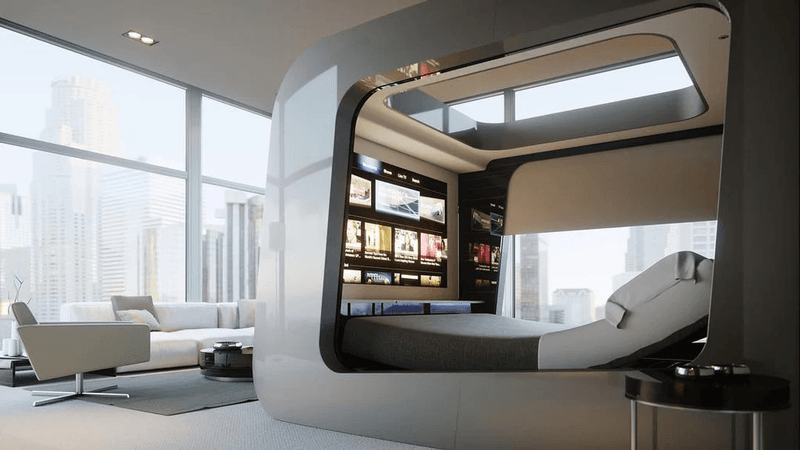
Though it sounds like science fiction, holographic furniture is becoming the ultimate space-saving solution for urban dwellers. Homeowners can instantly project fully functional seating arrangements, tables, or decorative elements when needed, then switch them off when the space requires clearing.
However, the technology includes tactile feedback systems that create resistance when you sit or place objects on these projections.
The energy consumption is surprisingly minimal, about the same as running a small television, while offering unlimited design flexibility without manufacturing waste.
9. Upcycled Industrial Elements
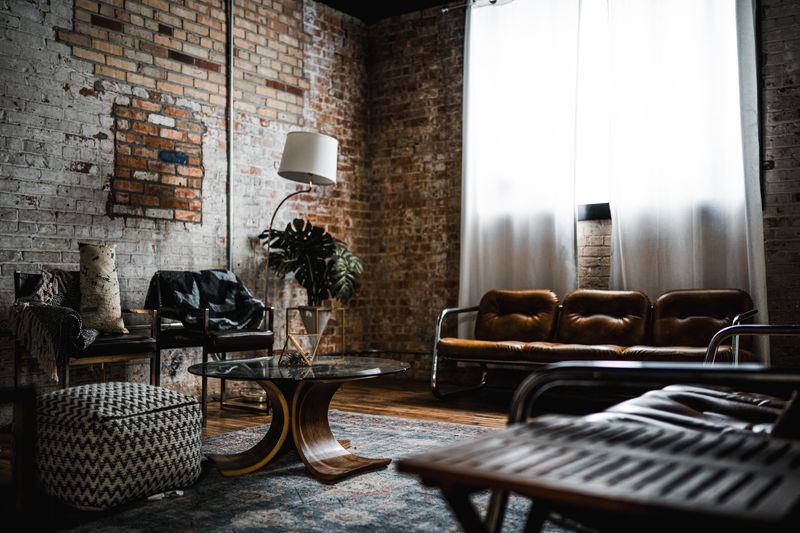
Factory floors and abandoned warehouses are becoming unlikely furniture sources for style-conscious homeowners! Repurposed industrial elements bring character impossible to find in catalog furniture.
Last week, I sourced old factory carts transformed into coffee tables and vintage metal lockers reimagined as kitchen storage.
The patina on these pieces can’t be faked, it’s earned through decades of actual use.
Moreover, these conversions rescue materials that would otherwise end up in scrap heaps. They also create conversation pieces with genuine historical significance, not just mass-produced replicas.
10. Mycelium-Grown Custom Pieces
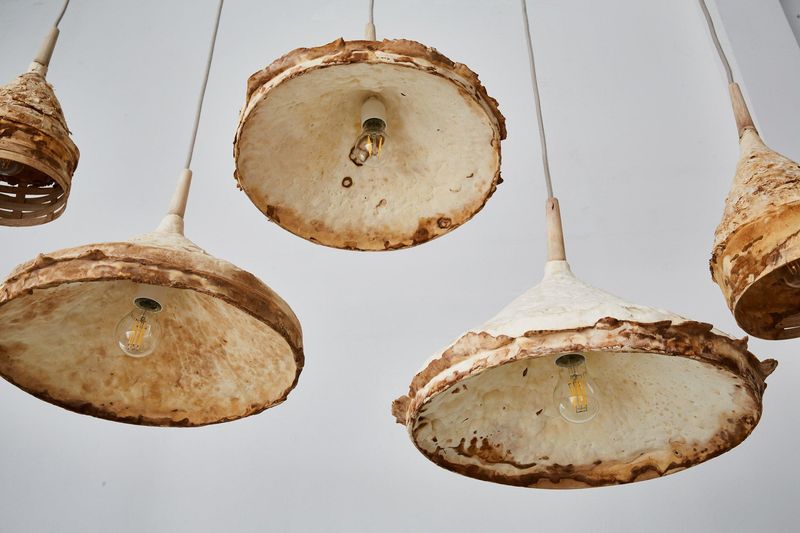
Mushrooms aren’t just for eating anymore! Mycelium furniture, grown rather than built, is the wildest trend I’ve seen take root in homes. Homeowners purchase kits containing mushroom spores and organic substrates that grow into custom furniture shapes over just a few weeks.
The process involves guiding the fungal network into molds where it solidifies into surprisingly sturdy structures. Once the desired form is achieved, a dehydration process stops growth and creates pieces stronger than pine yet completely biodegradable.
Best of all? When you’re ready for a change, these pieces can be composted in your garden. They’ll break down within months, returning nutrients to the soil.

